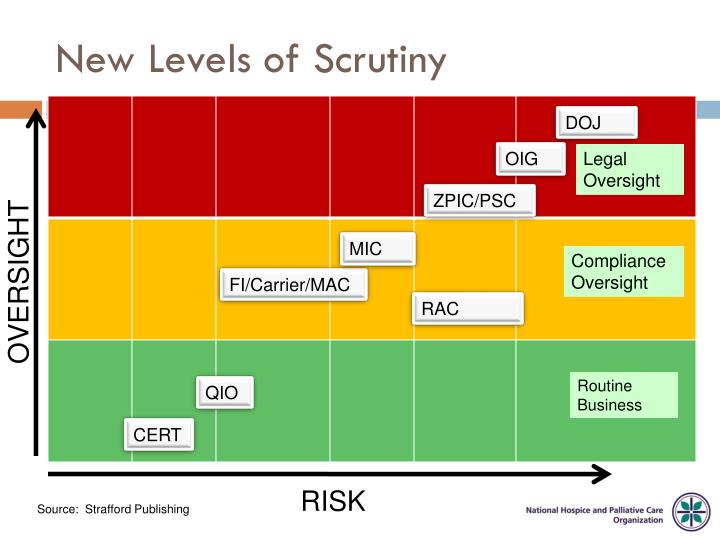
Section 1 of the Fourteenth Amendment is what has become referred to as the Equal Protection Clause and Due Process Clause and states:Īll persons born or naturalized in the United States, and subject to the jurisdiction thereof, are citizens of the United States and of the State wherein they reside. Constitution, it was adopted in 1868 as a response to the Civil War during the efforts of Reconstruction. As one of the most litigated portions of the U.S. One critical legal theory used by the Supreme Court is known as the Standards of Review, and is applied typically in civil litigation linked to the Equal Protection Clause and Due Process Clause of the Fourteenth Amendment. While political ideology inevitably affects the Supreme Court decisions in some capacity, there are set legal theories which the nine Justices follow to help them analyze the case based on the law, constitution, and facts. These cases are all incredibly important, but the large consensus does not make for high ratings. The hyper-partisan 5-4 votes are the cases which make headlines, but the reality is over 50% of all cases in the last term were unanimous 9-0 decisions. Many news pundits are quick to point to a partisan court divided between the conservatives and liberals as the main reason the court's approval rating has tumbled.

Recent polls show the high court approval rating at new lows, with only 28% affirming the Supreme Court as doing a "good" or "excellent" job. Predicting the outcome of a case is nearly impossible, even when taking into account the assumed ideology of the nine Justices.

I trust him and I decide that A knows that this particular kind of mushroom is not poisonous.The flurry of Supreme Court decisions at the end of the term tackled some of the most contentious social topics in our national dialogue, with much weight given to how the "conservative" or "liberal" justices voted. He asserts that it is very popular in the nearby villages, and that he eats them every spring. He seems to be a reliable person and he tells me in a completely serious way that this particular kind of mushroom is not poisonous. I am lucky again and a villager (call him A ) appears. I know the main kinds of mushrooms but I have doubts about the particular kind I have found today. I am very lucky and I find plenty of them in a meadow. Consider the following case: (I) It is a sunny spring day and I have decided to go to the country and to look for mushrooms. Therefore, my comments will be directed to Fogelinâs arguments rather than to Lewisâ. But, although I agree with Fogelinâs general outlook, I think-probably wrongly-that his position endorses one form or another of contextualism. Valdbs-Villanueva I am rather sympathetic to Fogelinâs criticism of David Lewisâ paper âElusive Knowledgeâ. If I consider that procedure CONTEXTUALISM AND LEVELSOF SCRUTINYĬontextualism and Levels of Scrutiny Luis M. I trust him and I decide that A knows that this particular kind of mushroom is not poisonous.

Contextualism and Levels of Scrutiny Contextualism and Levels of ScrutinyĬontextualism and Levels of Scrutiny Luis M.


 0 kommentar(er)
0 kommentar(er)
